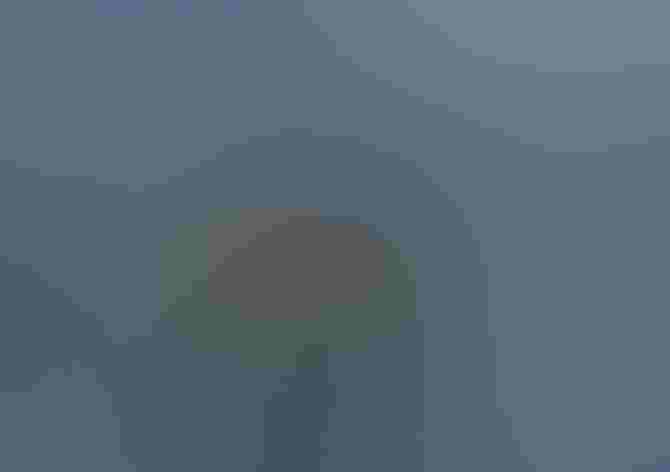Razorbill
At a Glance
This stocky, thick-billed auk is found only in the North Atlantic. It nests on northern islands and coasts, often in the same colonies as murres; similar to the murres, it has a longer tail, often cocked up above the water when swimming. In winter it lives in flocks well offshore. Hardy observers who go out to the coast during winter storms may see flocks of Razorbills sweeping past, low over the water. This species is probably the closest living relative of the extinct Great Auk.
All bird guide text and rangemaps adapted from Lives of North American Birds by Kenn Kaufman© 1996, used by permission of Houghton Mifflin Harcourt Publishing Company. All rights reserved.
Category
Auks, Murres, Puffins, Upright-perching Water Birds
IUCN Status
Near Threatened
Habitat
Coasts and Shorelines, Open Ocean
Region
Alaska and The North, Eastern Canada, Mid Atlantic, New England, Southeast
Behavior
Direct Flight, Rapid Wingbeats, Swimming
Population
1.200.000
Range & Identification
Migration & Range Maps
Winters well offshore, mainly from Grand Banks of Newfoundland to southern New England, in small numbers south to Virginia. Very rare south to Florida. Winter distribution varies, depending on food supply and weather. European birds may winter farther south, reaching northwest Africa.
Description
17" (43 cm). At close range, adults known by white band across massive bill. Young birds and distant adults in winter resemble Thick-billed Murre but have even thicker bill, bigger head, longer tail often held up above water when swimming.
Size
About the size of a Crow, About the size of a Mallard or Herring Gull
Color
Black, White
Wing Shape
Pointed, Short, Tapered
Tail Shape
Pointed
Songs and Calls
Low croaks and growls.
Call Pattern
Flat, Simple, Undulating
Call Type
Croak/Quack
Habitat
Open ocean; nests on sea cliffs. Tends to forage in cool waters less than 200' deep, so often concentrates over offshore shoals or ledges; sometimes closer to shore than other large auks. Nests on islands or mainland on cliffs or rocky shorelines.
Sign up for Audubon's newsletter to learn more about birds like the Razorbill
Behavior
Eggs
1, perhaps rarely 2. Tan or greenish to white, variably marked with brown. Incubation is by both sexes, 32-39 days.
Young
Both parents bring fish in bills to feed nestling. Young leaves nest 14-25 days after hatching, before able to fly. Late in evening, young follows adult to cliff edge and then flutters down to water, and adult and young swim away.
Feeding Behavior
Forages while swimming underwater. Catches most food 5-20' below surface, rarely may dive to 30'. May catch several fish during one dive. Sometimes steals fish from puffins or other auks.
Diet
Mostly fish. Feeds mainly on small fish, especially sand lance, also herring, sprat, capelin, stickleback, cod. Also eats crustaceans and marine worms.
Nesting
Usually first breeds at age of 4-5 years. Nests in colonies. May mate for life. Pair formation may take place within flocks on water or on common ground near colony. In display, male raises head, pointing bill up while giving growling call, then bows deeply; female sometimes does same. Members of pair also touch bills, preen each other's feathers. Nest site is in crevice in cliff, under boulders, on ledge, or in abandoned burrow of other species. Sometimes no nest built, usually small collection of pebbles, grass.
Conservation
Conservation Status
Far less numerous than the murres; world population in 1970s estimated at a little over 200,000. Distribution is mostly near shore, so is vulnerable to oil spills and other pollution. Thought to have declined in some areas recently, perhaps reflecting increasing pollution of North Atlantic.
Climate Threats Facing the Razorbill
Choose a temperature scenario below to see which threats will affect this species as warming increases. The same climate change-driven threats that put birds at risk will affect other wildlife and people, too.










